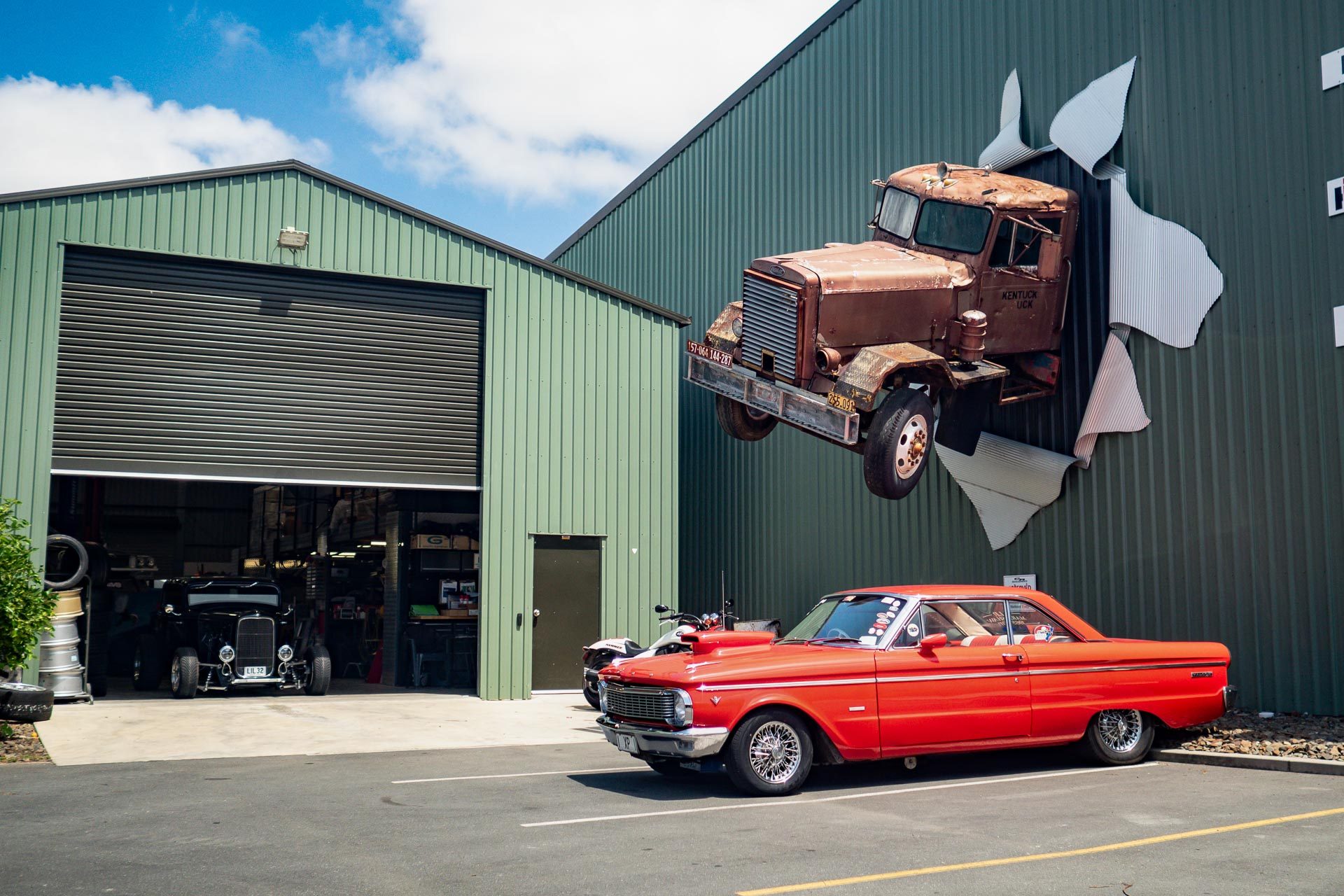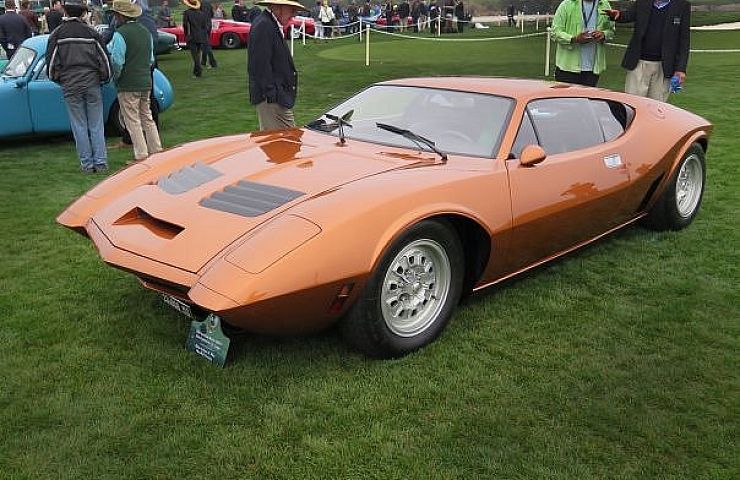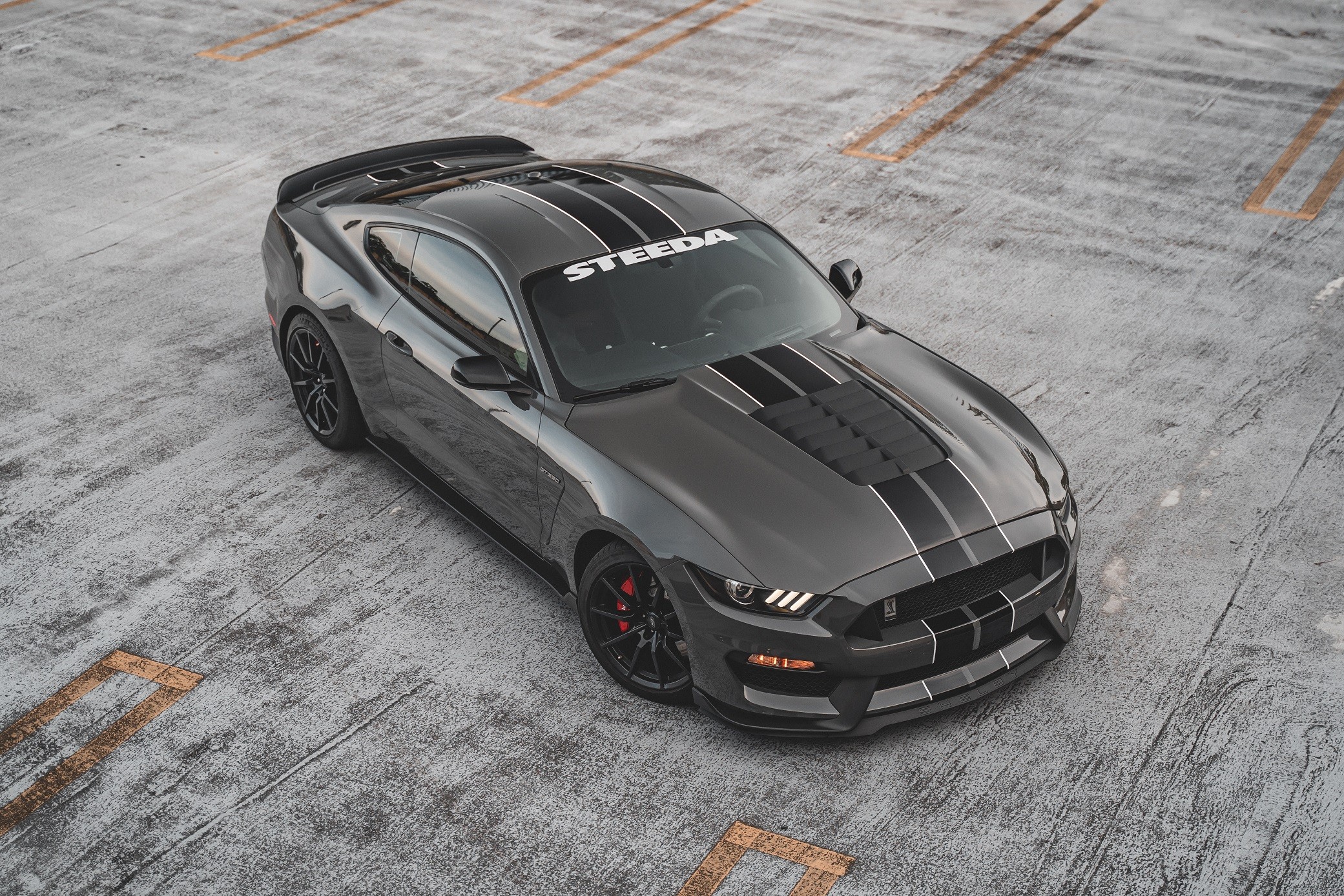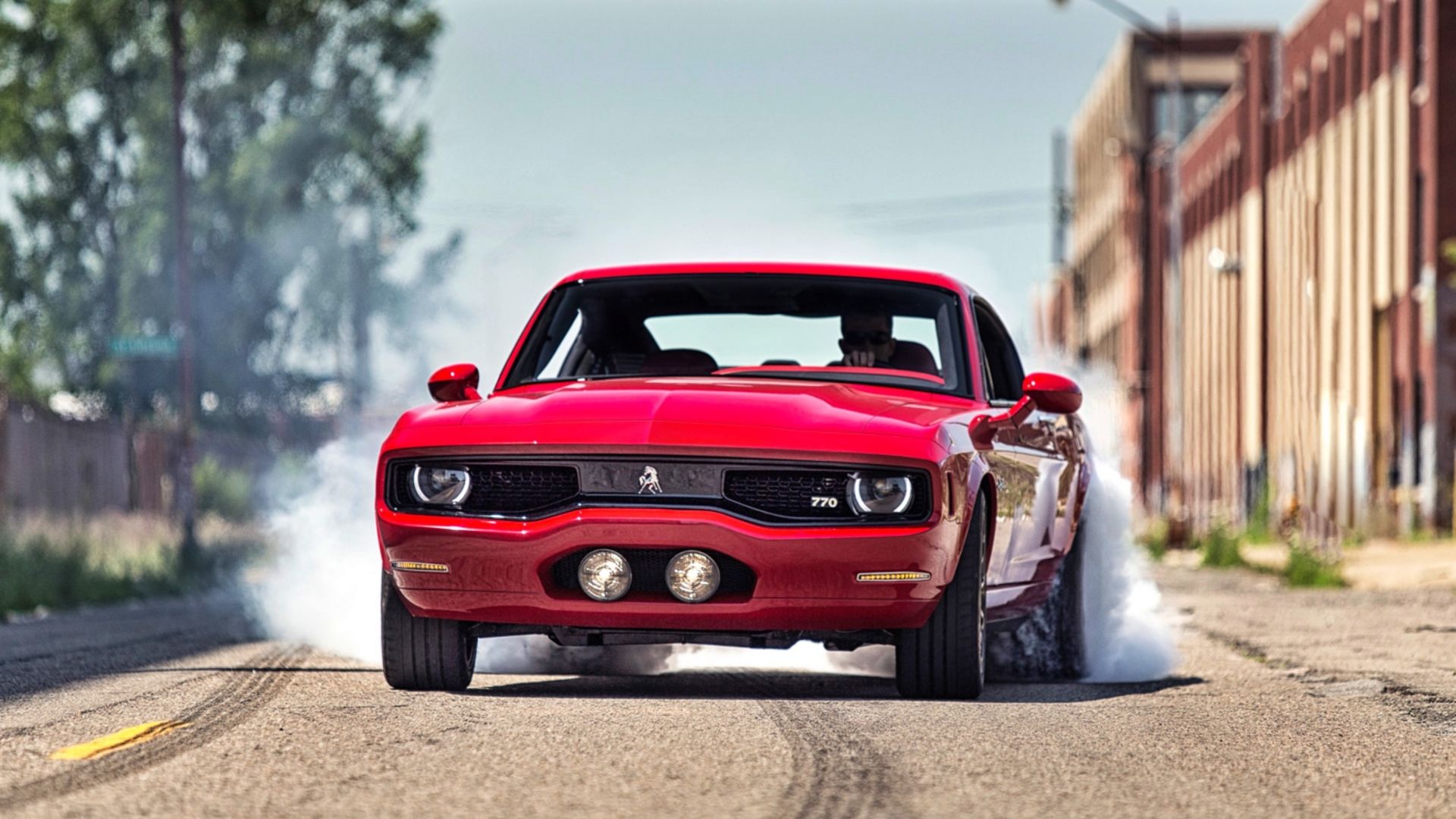It may seem surprising to many the simple origins of the venerable “muscle car” line of the 60’s the “Chevrolet Camaro”. The Camaro started its life as little more than cobbled together fairly standard Chevy II automobiles.
It was the lesson of the Ford Mustang – to make a simple to build , relatively inexpensive car , using ” off the shelf” products already in Chevrolet’s and General Motors production series – that of a “volume” family car. Product planning and production considerations led to one available target – the Chevrolet “Mustang fighter” was to be related closely to the Chevy II automobile product line. Interestingly enough the Chevy II was originally not a sales hit, versus the Ford Mustang sister product – the Ford Falcon. However after a major restyling and re-engineering in 1968 this was not the case.
The Camaro product development and launch was not the work of one single individual but as a forerunner of what was to become – the chain of command was spread across a number of echelons and departments. On the other side the initial product released as the Camaro shared the problems of committee design – too many people involved and as well and a major limitation in styling in that the basis of the car was the essential first nature of the product – that to share auto components with other Chevrolet and General Motors products. What the Camaro designers produced in the end – as a first generation – was designated the “F” car. In the mid-60’s GMs emphasis on styling was what came to be known as “fluidity” – that was of smooth, round lines that simply “flowed”
Yet there were a number of advanced and design engineering decisions that set the Camaro apart even then. First a critical engineering decision was made right from the start was to use a front sub-frame in combination with the “unit” construction of the Camaro car product. Eventually as well, this was regarded with such merits that the practice was introduced as well on the 1969 Chevy Nova. Having this setup was a fairly unique approach in that the sub-frame was isolated from the car body by rubber inserts or what came to be known as “biscuits” by the Chevy engineers. This technique had been refined on costlier European unit-body cars previously, including various Mercedes-Benz models and the larger G.M. Europe Opals. However the Camaro was the first application of the engineering for a low-price American car.
Why was this development of importance to the vehicle? First it can be said that the compromise was highly effective. Unit construction techniques allowed more passengers and luggage space than as opposed to a car body designed for a separate full chassis. The relatively exotic rubber mounts, for its time period, gave a much smoother, quieter ride than those cars and models that had sub-frames mounted directly to the main body shells. An example of this type of engineering and car production practice were the early 60’s Chrysler products.
Another interesting engineering “trick” that was used in the Camaro project was the use of what G.M. called “cocktail shakers” – that is harmonic shock absorbers located at each end in Camaro convertibles. Their purpose was to control torsional vibration, which G.M. product testers encountered and detected in early prototypes of running prototypes.
While most of the product development of the Camaro was well chosen there were some difficulties and problems – which were bound to occur when the basic demand was for the use of off- the -shelf parts and products – developed and meant for other G.M. automotive products. Chief among these was the choice of the single leaf – rear suspension – being taken from the Chevy II and Old Toronado products. What resulted was that with large V-8 engines was considerable “axle tramp” in hard acceleration.
Along with these issues was the sales department insistence for smaller 14 inch wheels to “lower the car”. You could expect that the result in the real world of automotive driving and Camaro owner’s vacations was what came to be known as “rear-end bottoming under heavy loads”.
Still for a product that started its life as little more than a series of cobbled together “volume family car” – the Chevy II the platform had potential. The Camaro provided a solid well thought out and designed platform upon which “The Camaro” evolved and developed from. The classic “Muscle Car” of the 1960′ lives on in the hearts and memories of many, many “car guys” and aficionados.






More Stories
Muscle Car Collecting Tips for the Ultimate Car Hoard
Rare Muscle Cars Unveiling Hidden Automotive Treasures
Muscle Car Upgrades Transform Your Ride for the Better